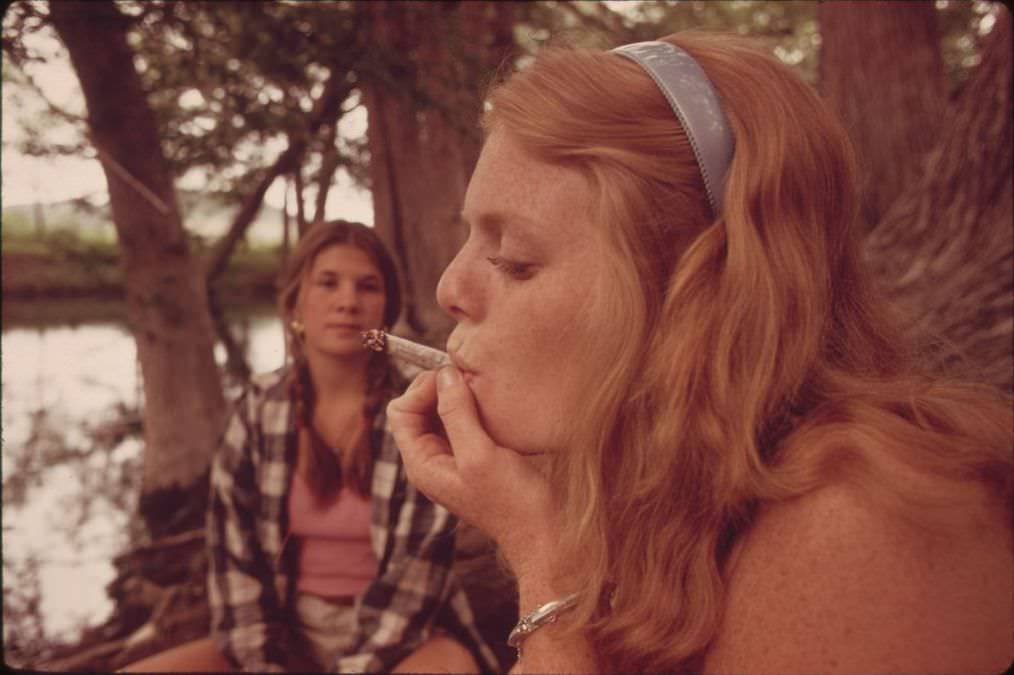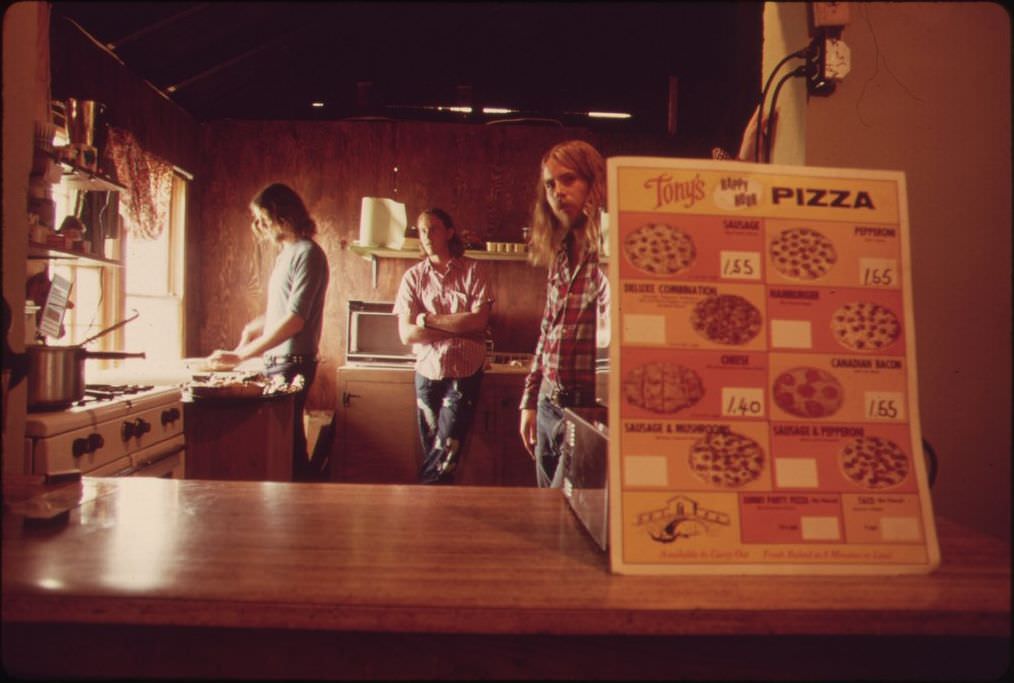The 1970s unfolded across Texas with a distinct character. Life in the Lone Star State during this decade held onto traditions while facing the push of modern changes. To understand this era, we can look at the work of photographers like Marc St. Gil. He was part of the DOCUMERICA project, a program by the Environmental Protection Agency. About one hundred photographers fanned out across the United States to capture images of American life and its surroundings. St. Gil’s assignment took him to the areas around Houston and San Antonio.
The EPA wanted to see how Americans lived and how their environment looked. St. Gil documented the state of water and air quality near the bustling cities. He showed the challenges that came with growth and industry. Smog sometimes hung heavy in the air over Houston, a sign of cars and factories at work. Waterways near industrial areas often showed signs of pollution, their surfaces or colors affected by waste. Documenting these environmental issues was a key part of his job for the EPA. He captured the visible signs of human activity impacting nature. Creeks and rivers that supplied water could show the effects of runoff from farms or chemicals from industries. The air quality was a growing concern for people living in and around the urban centers.
But St. Gil’s lens also turned to other parts of Texas life, far from the city smog and industrial sites. He spent time on the vast ranches that defined so much of the Texas identity. Life on a ranch in the 1970s moved at a different rhythm than in the cities. The days were dictated by the needs of the land and the livestock. Cowboys were essential, working from sunup to sundown. Their skills with horses and cattle were passed down through generations.
Read more
Ranches were enormous properties, sometimes covering thousands of acres. Fences stretched for miles, marking boundaries and holding in herds of cattle. The landscape often featured mesquite trees, scrub brush, and wide-open grasslands under an immense sky. The heat was a constant presence for much of the year. Ranch houses stood as central hubs, often practical and sturdy rather than fancy. Outbuildings housed equipment, hay, and provided shelter for animals.
Daily tasks on the ranch included herding cattle to new pastures, mending fences, checking on the health of the animals, and managing the unpredictable nature of the weather. Branding calves was a necessary annual event, marking ownership. The work was physical and demanding, requiring strength and endurance. Life was often isolated, with neighbors living miles away. Yet, there was a strong sense of community among ranching families, who often helped each other during busy times like roundups.
St. Gil also documented life in the small towns scattered across the Texas landscape between the major cities and the large ranches. These towns offered a different slice of life compared to both the urban hustle and the rural isolation. Main Street was typically the heart of these towns. Local businesses lined the street: a general store selling everything from groceries to hardware, a barbershop, a diner serving comfort food, and perhaps a local bank.
These towns had a strong sense of community. People knew their neighbors, and daily interactions were common. The pace of life was slower than in Houston or San Antonio. Local events were important social gatherings. High school football games on Friday nights were major highlights, bringing the community together to cheer on the home team. Town festivals or county fairs provided entertainment and a chance for people to connect.


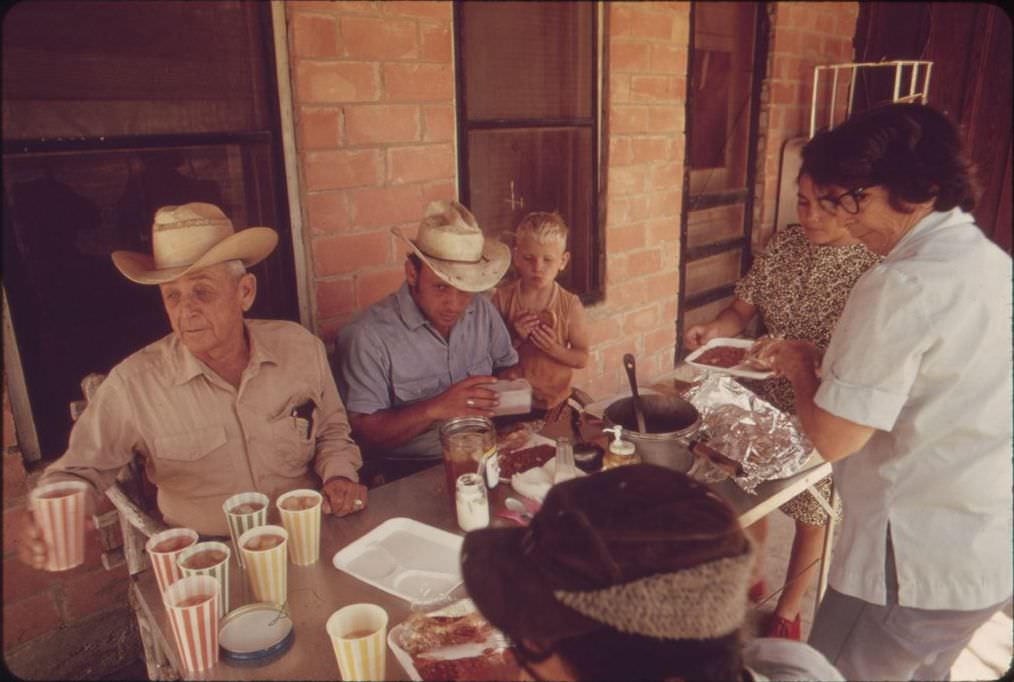

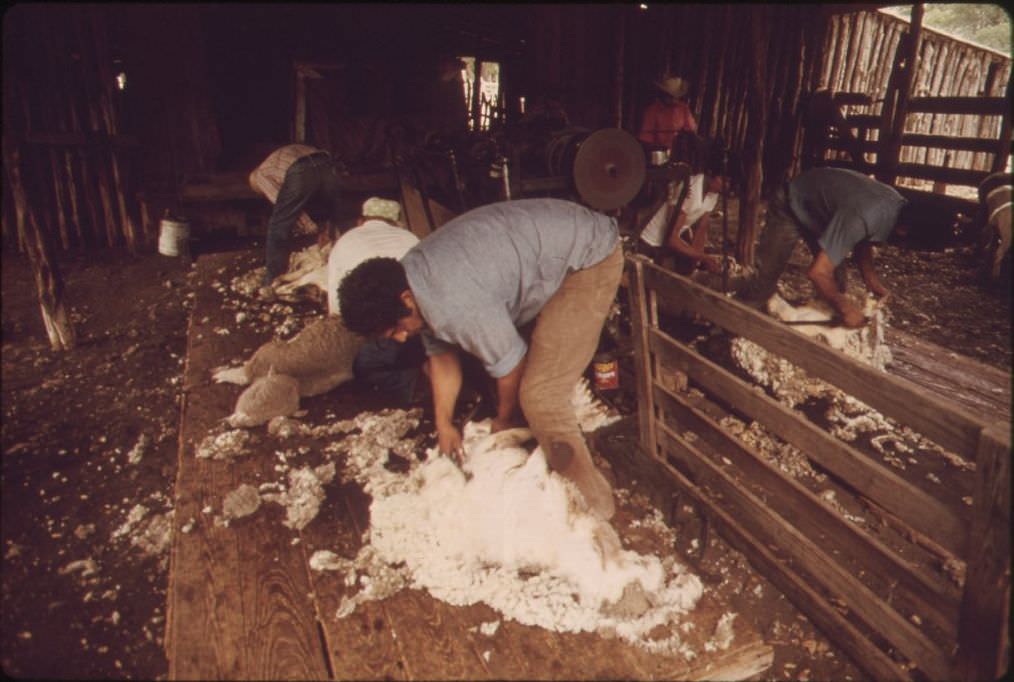
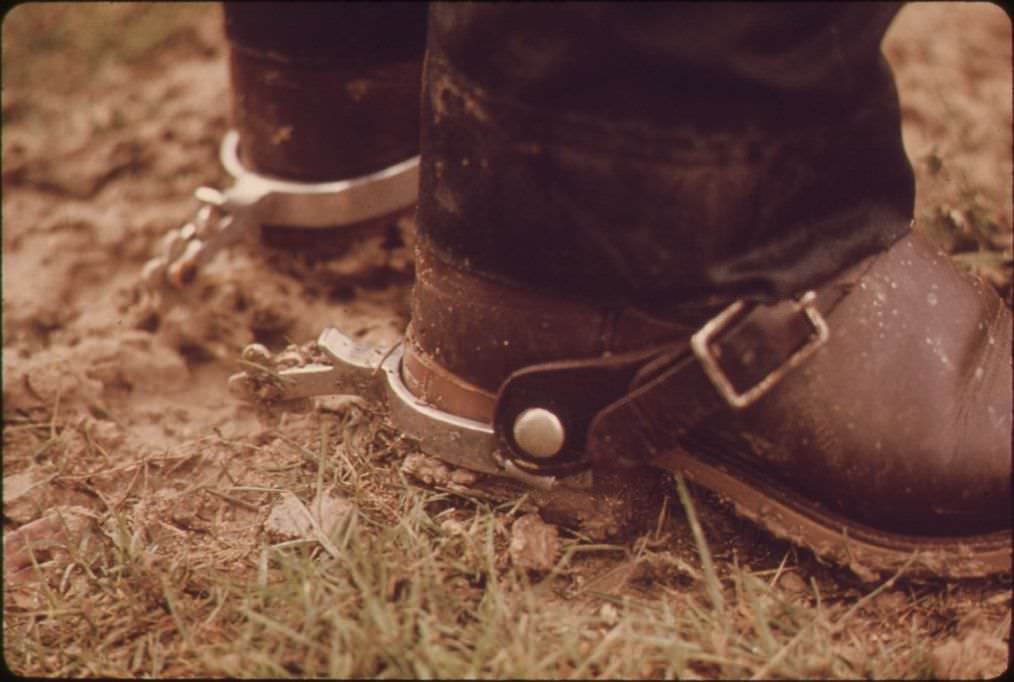
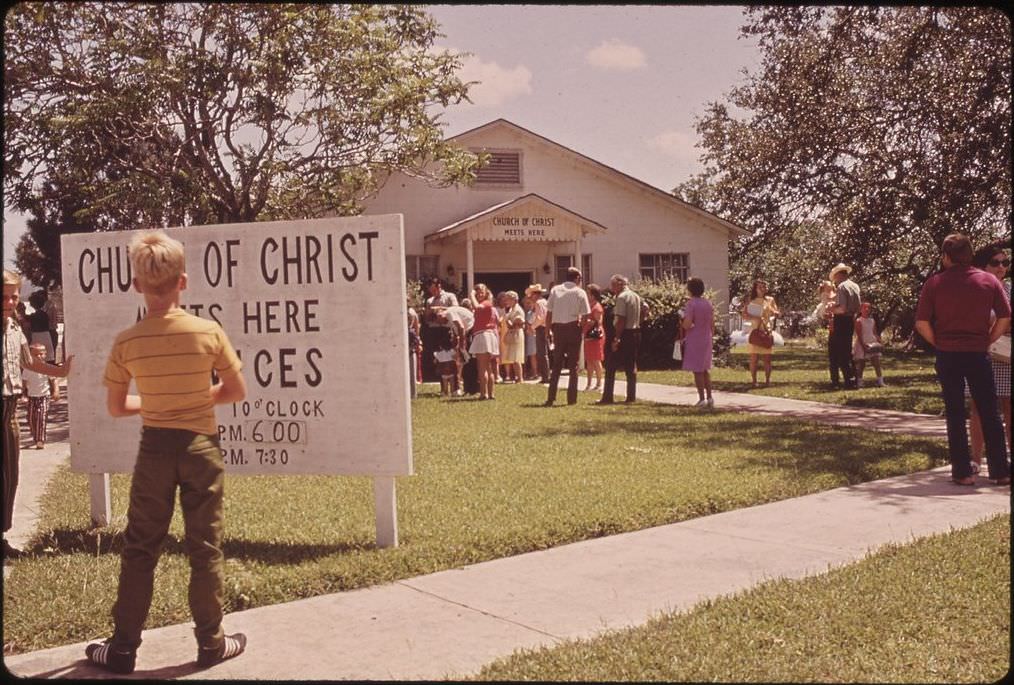
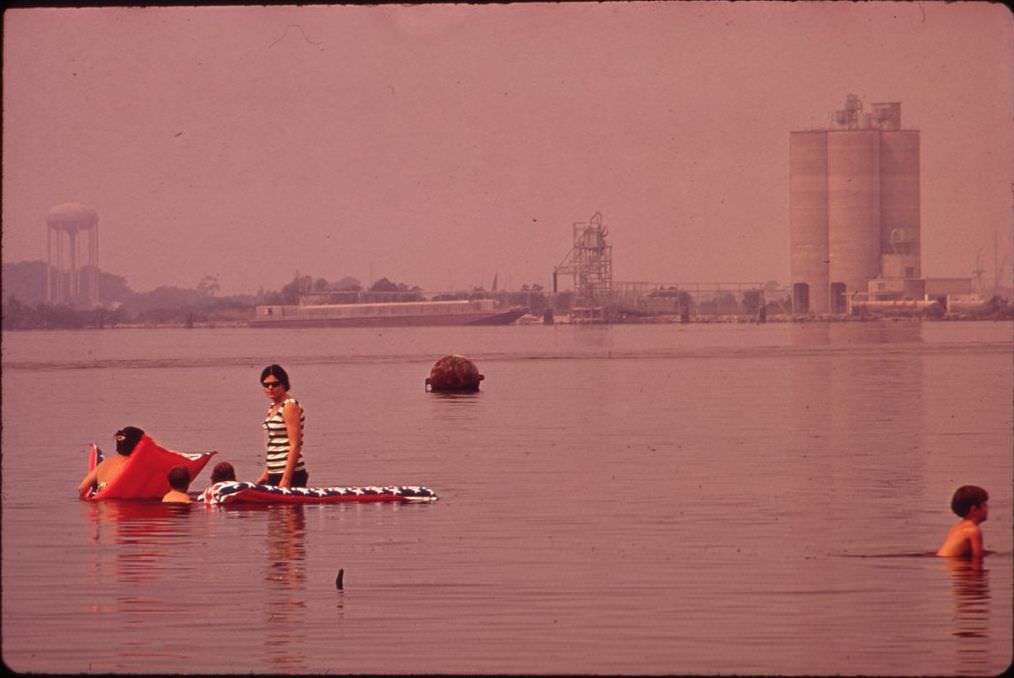
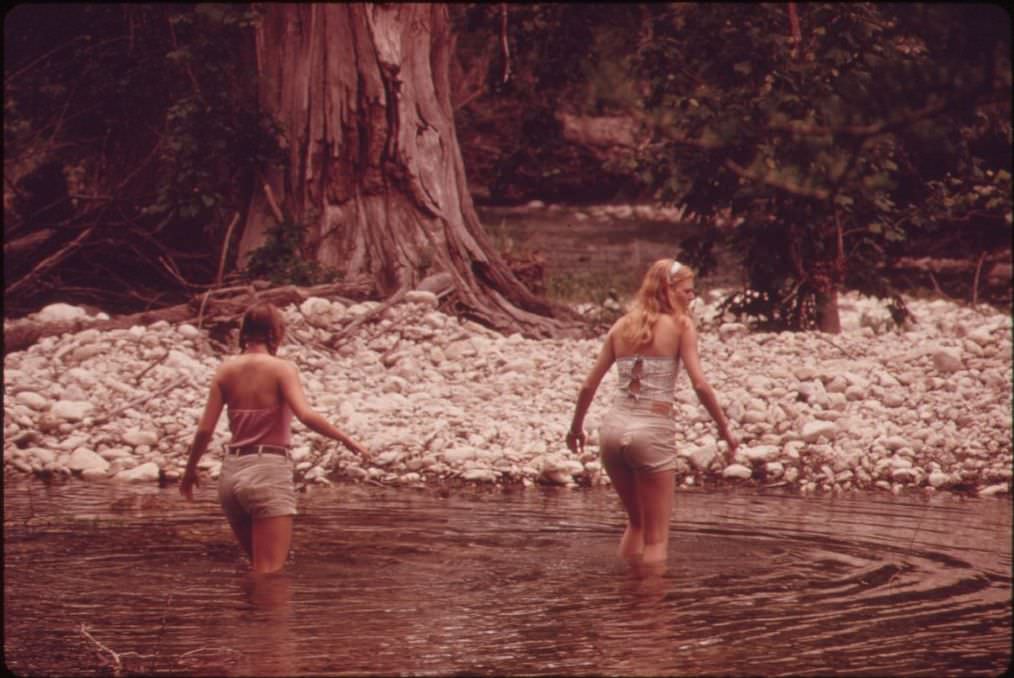
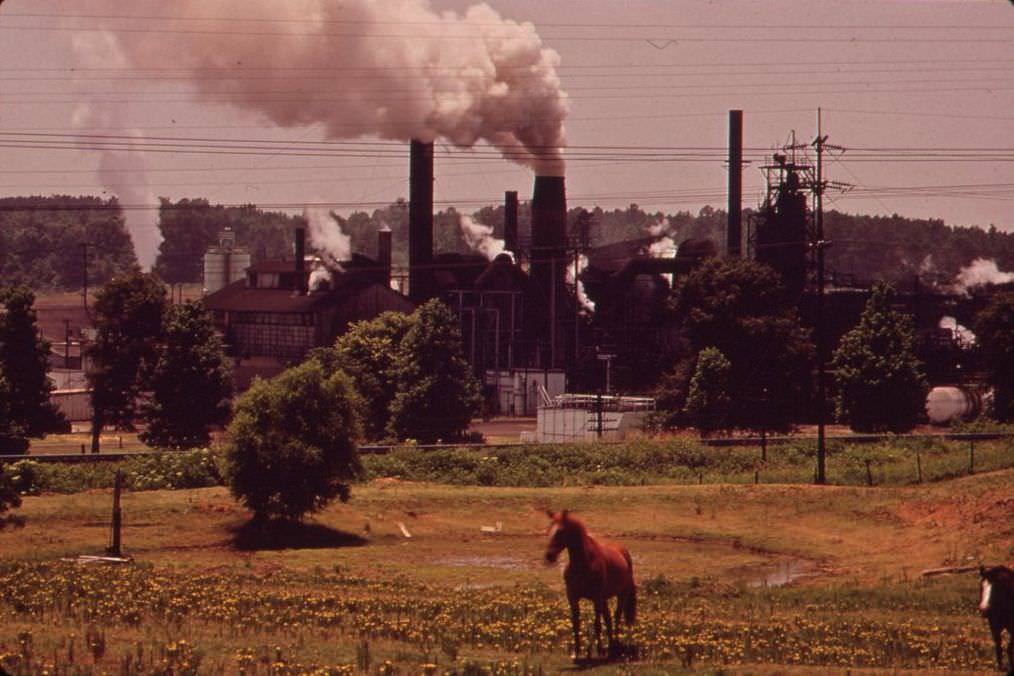
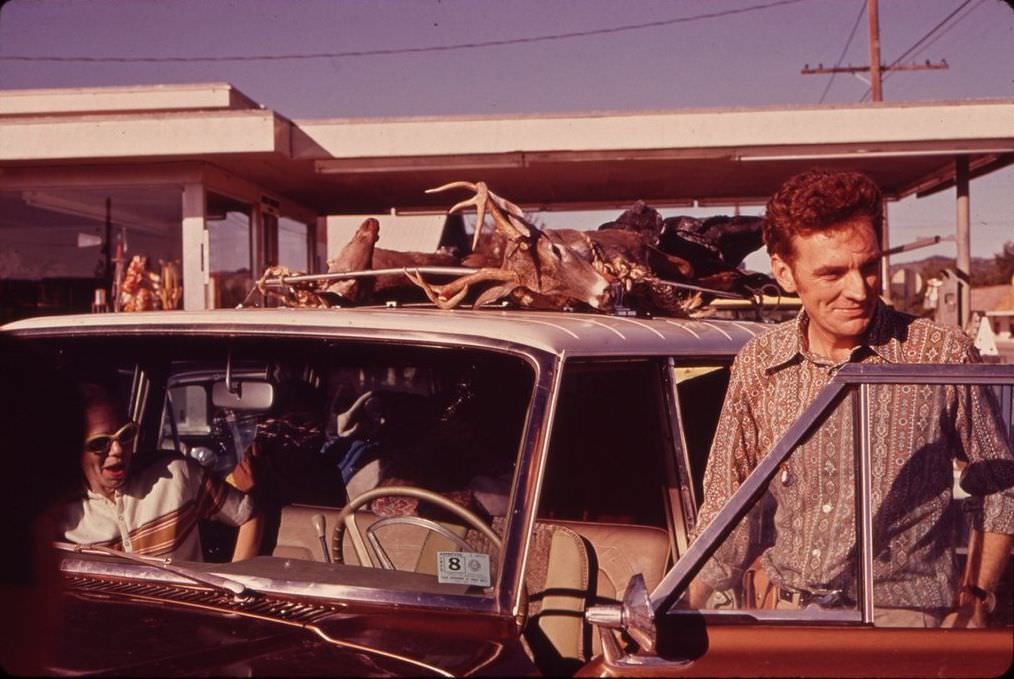
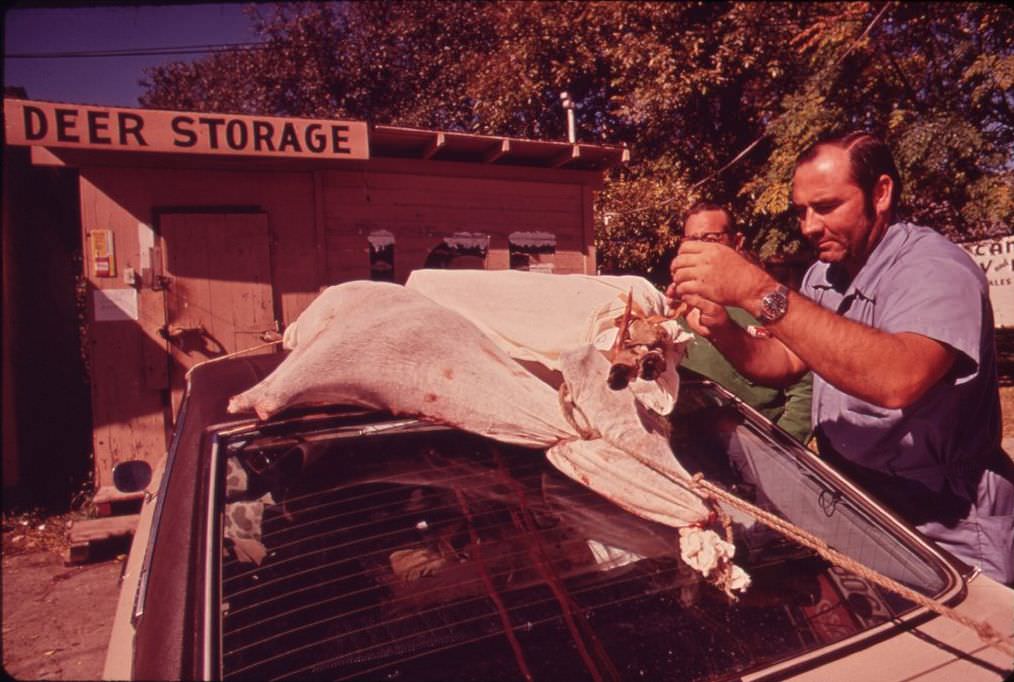
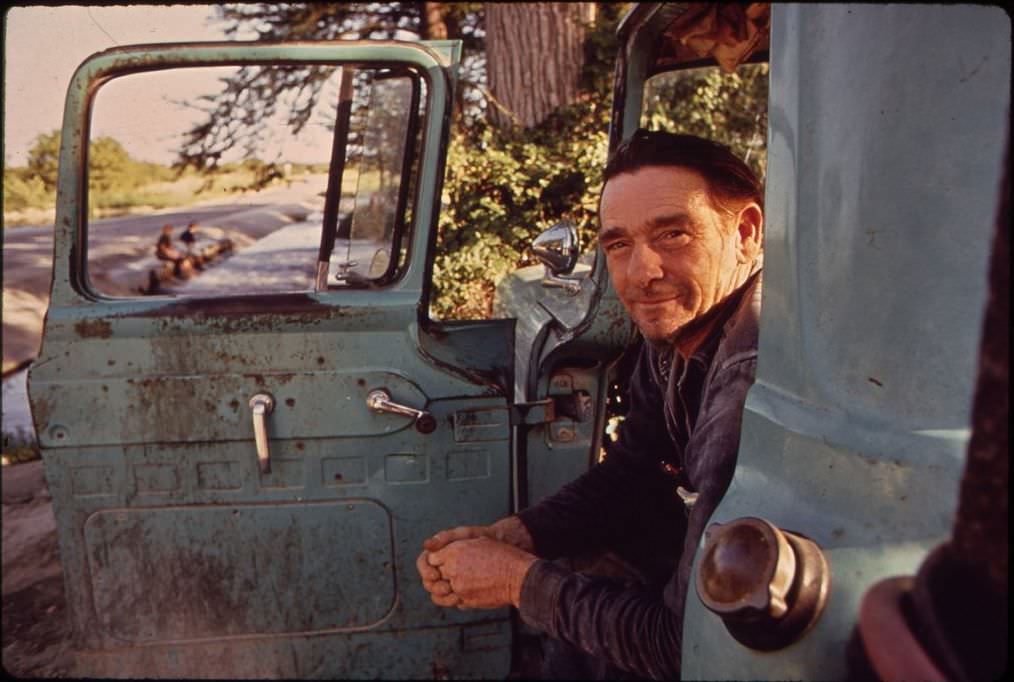
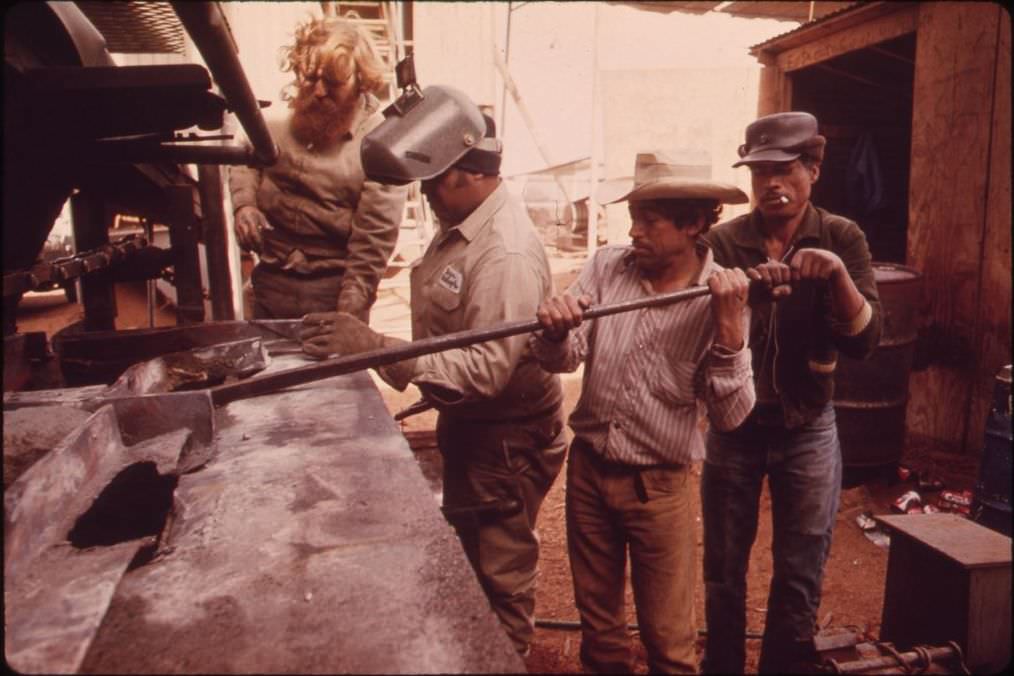
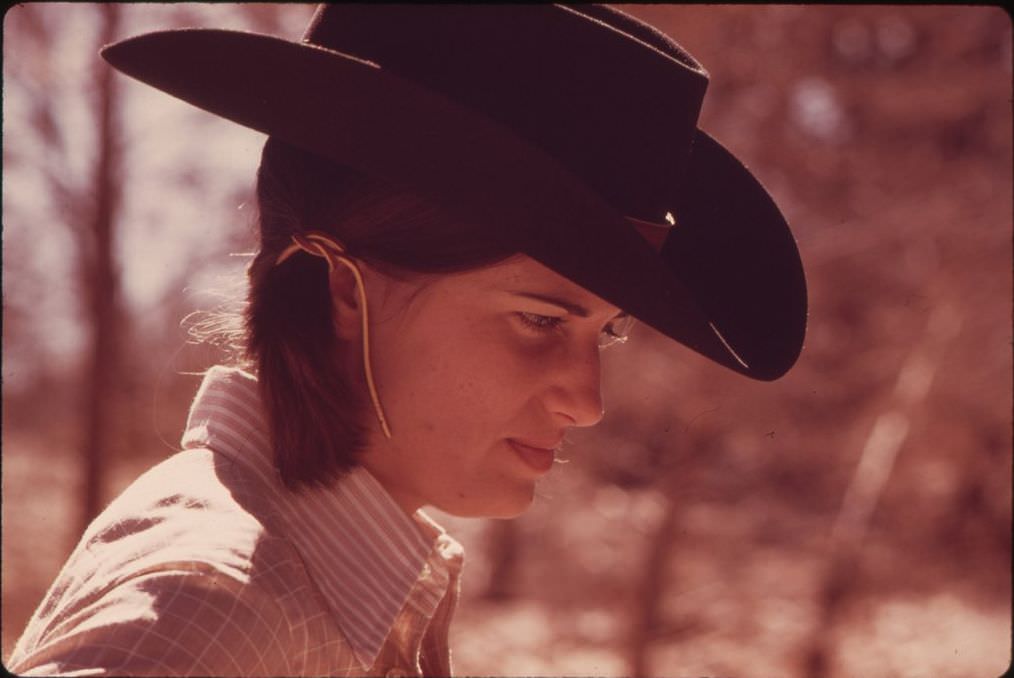
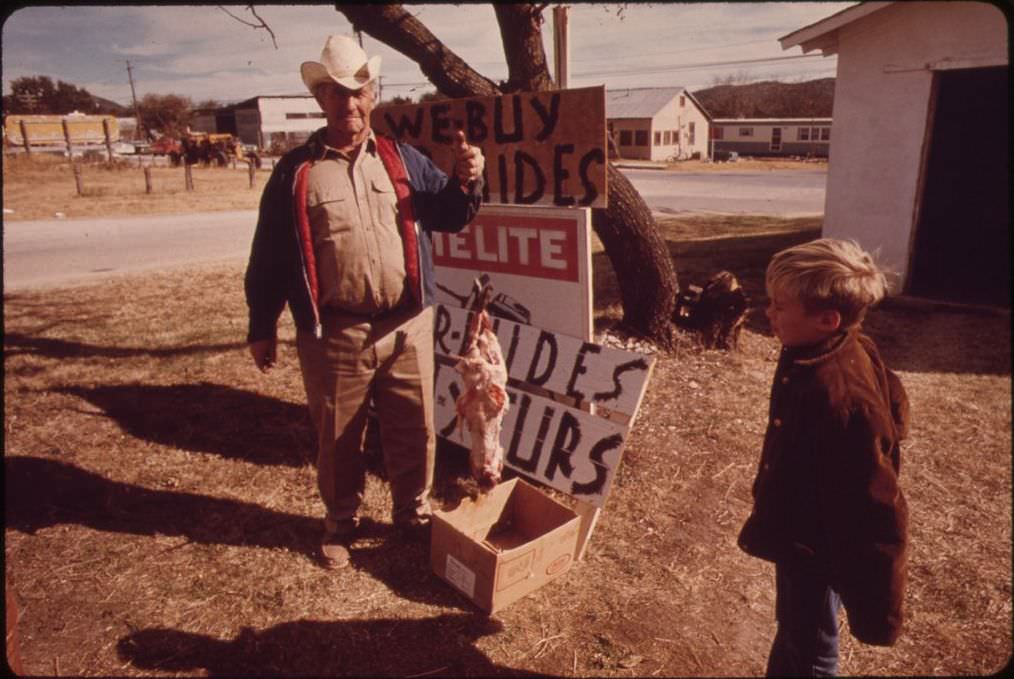
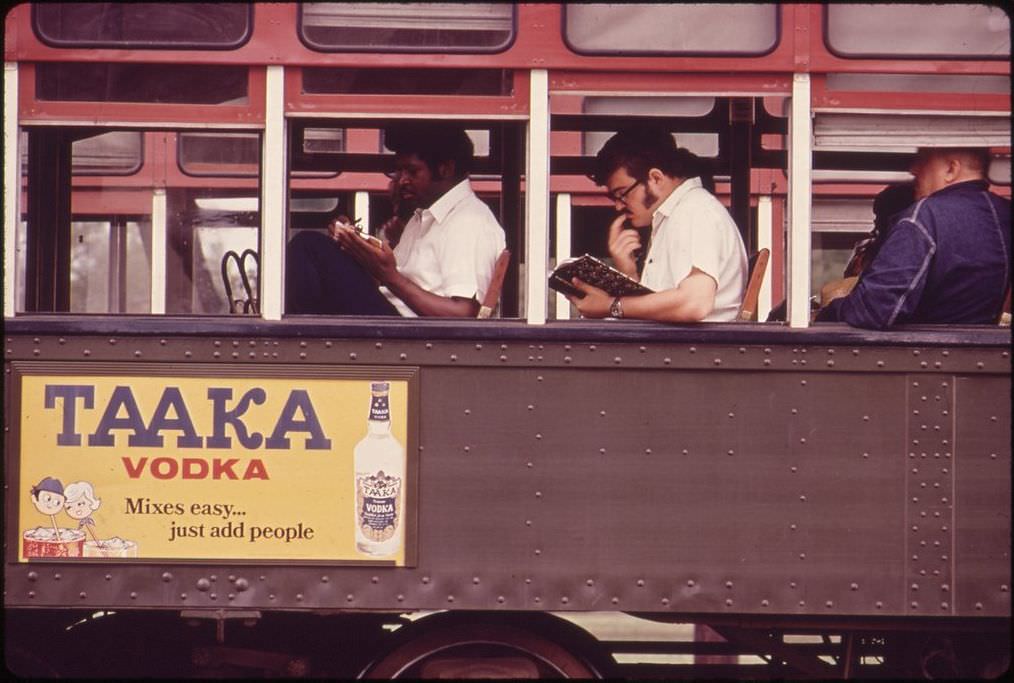
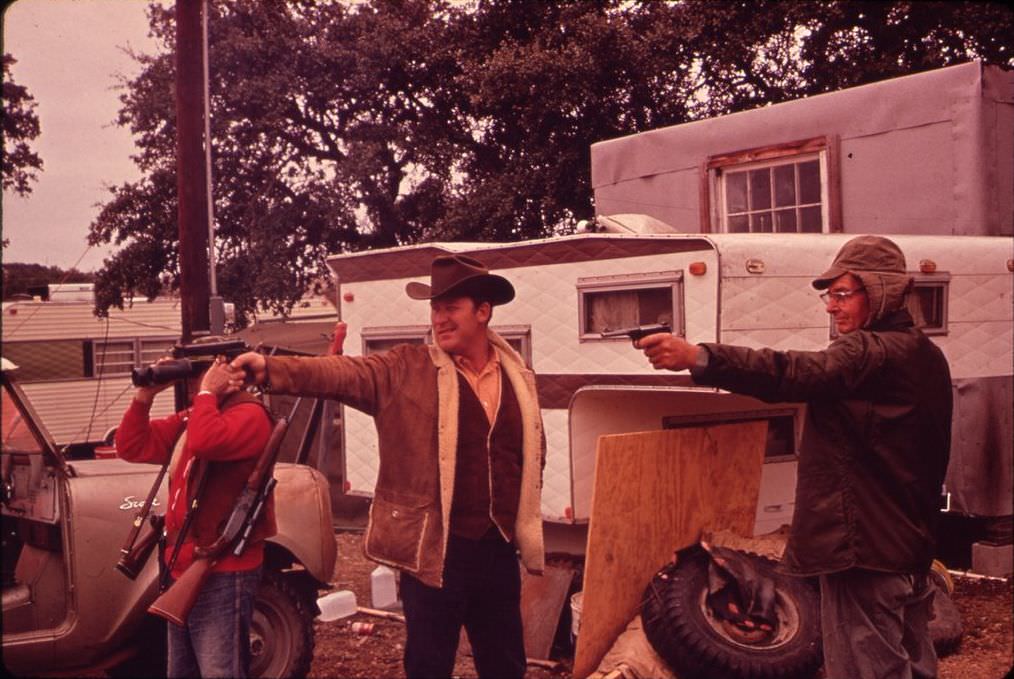
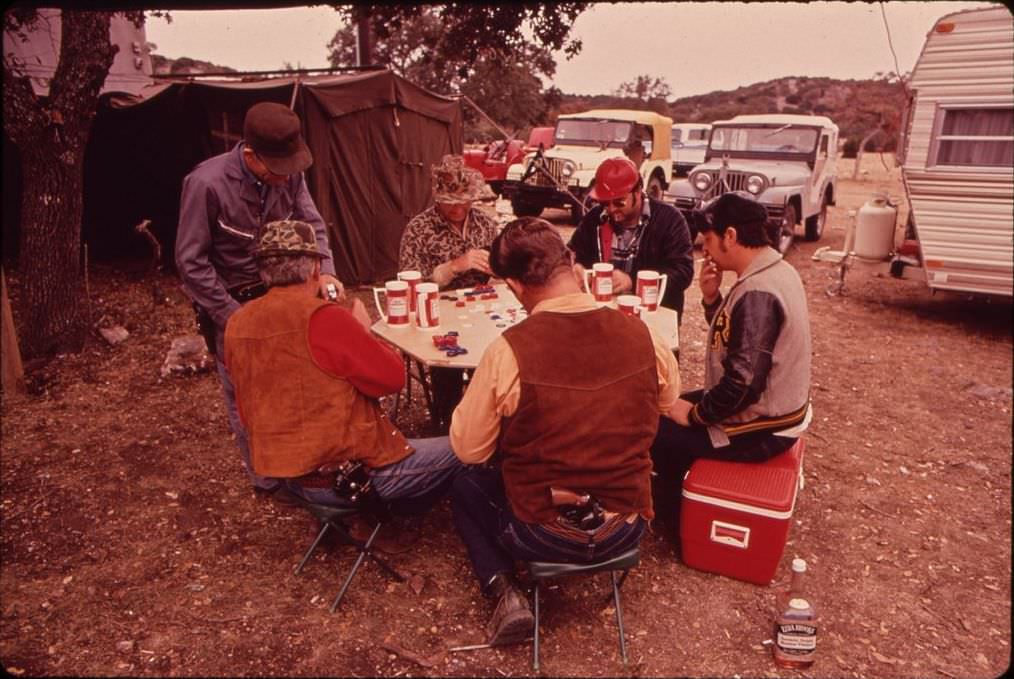
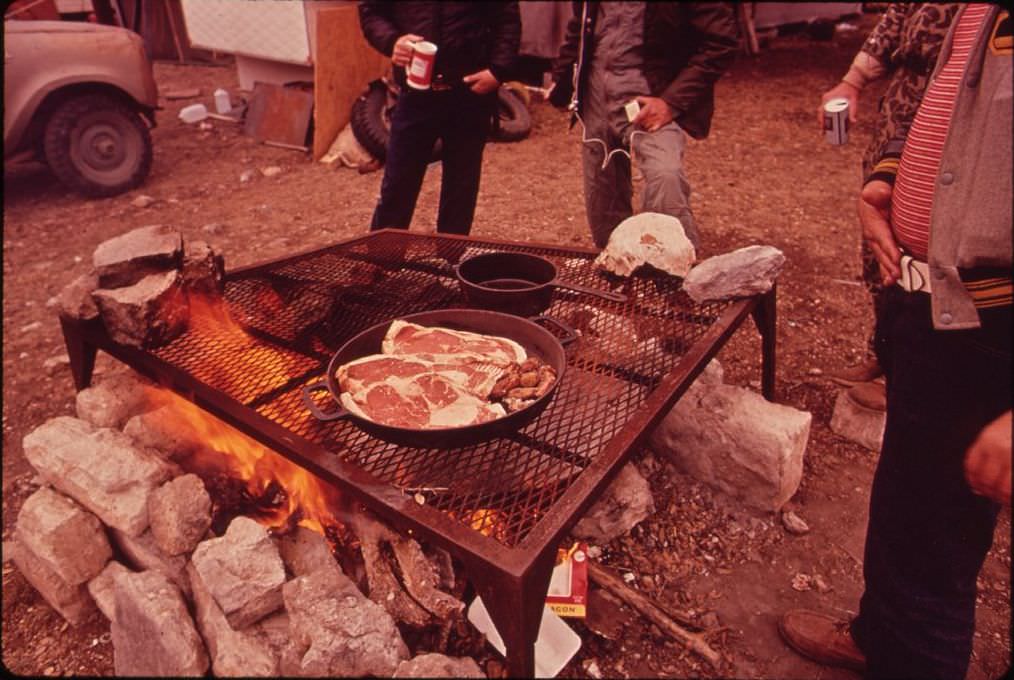
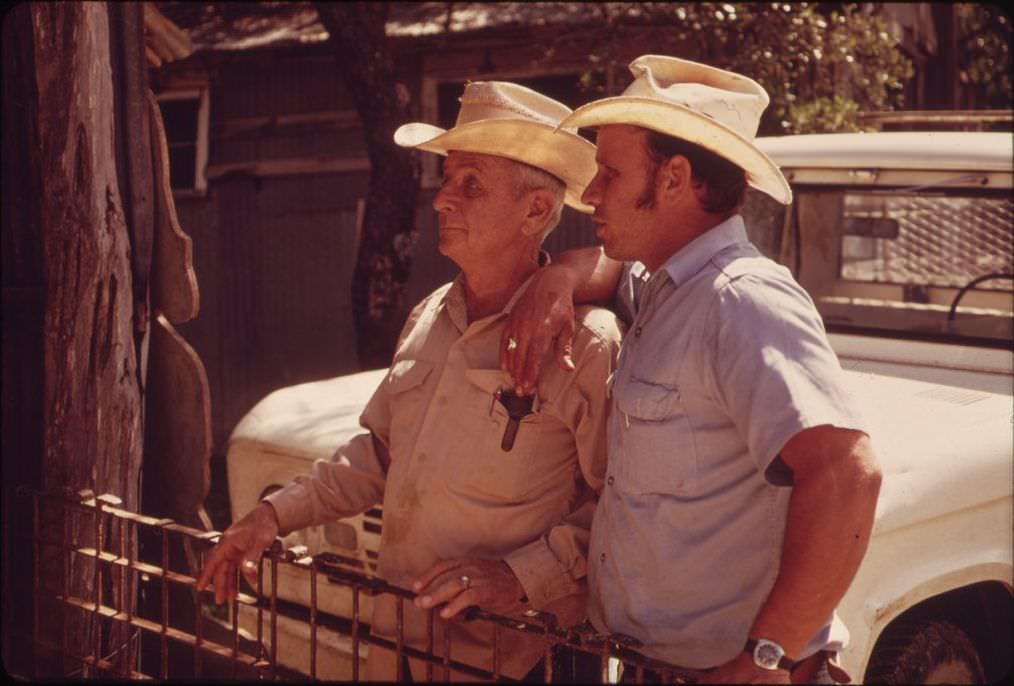
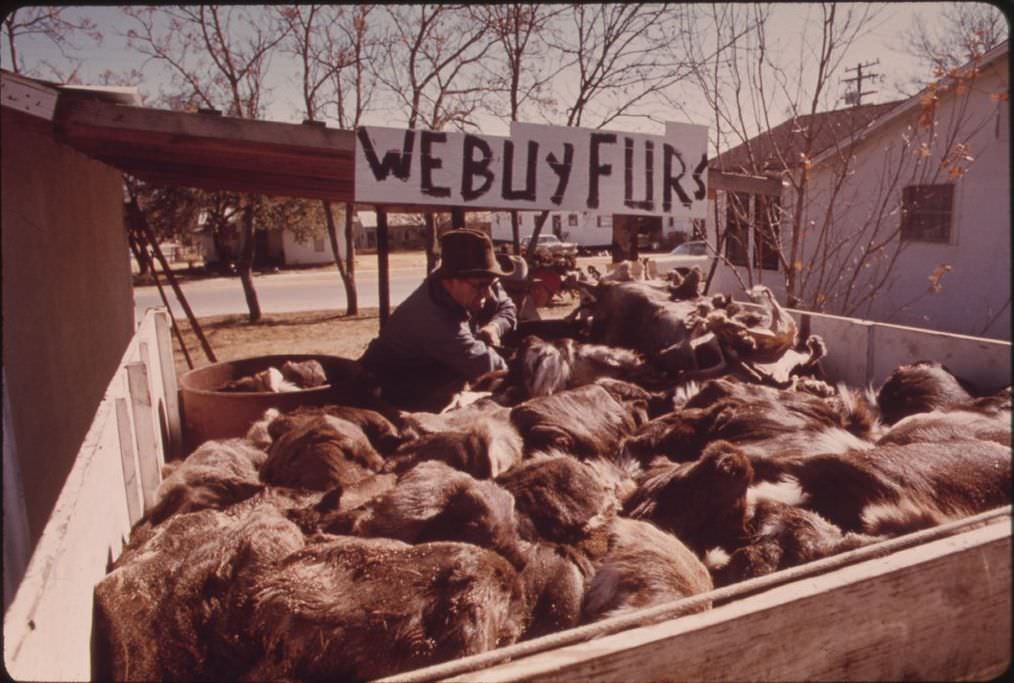
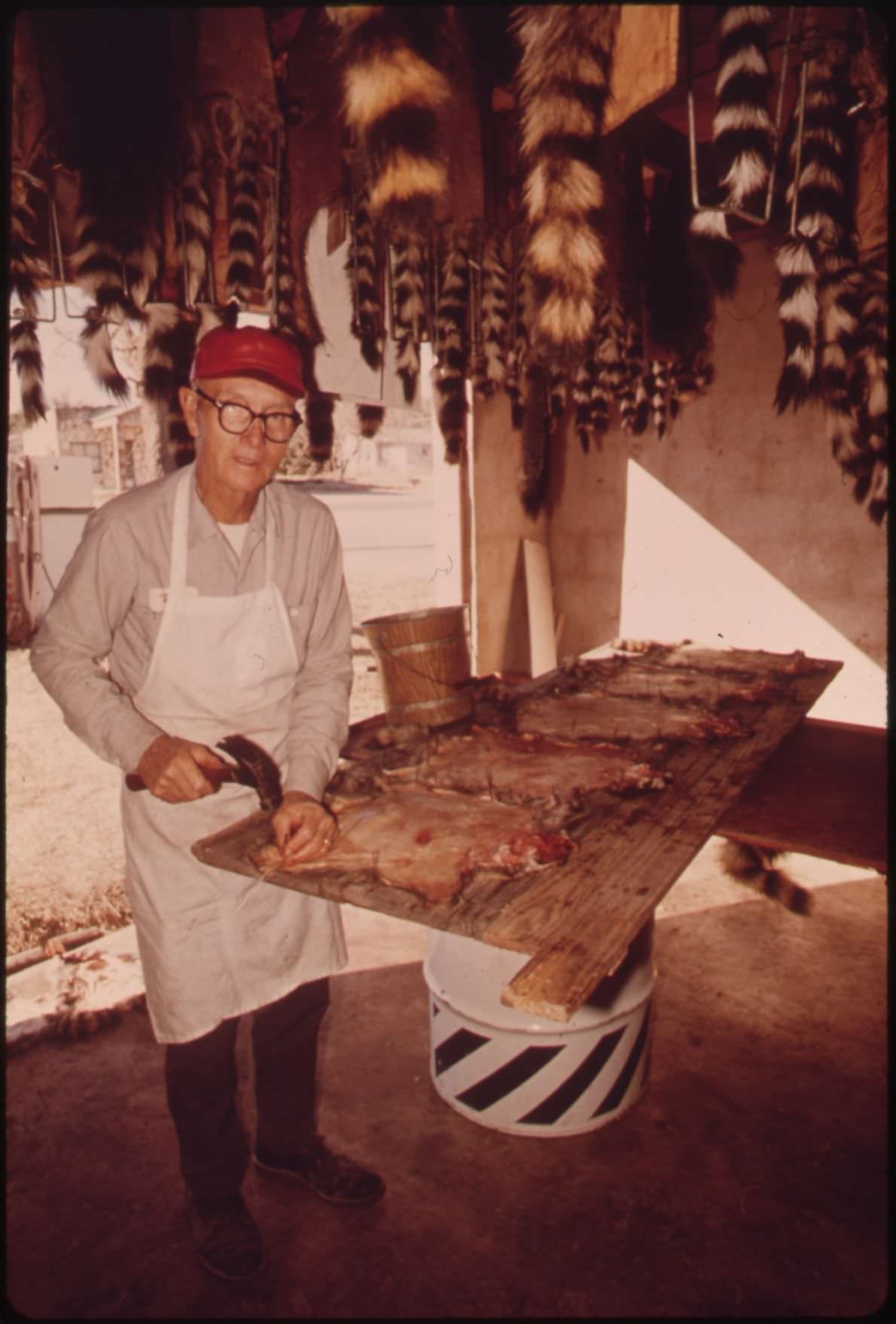
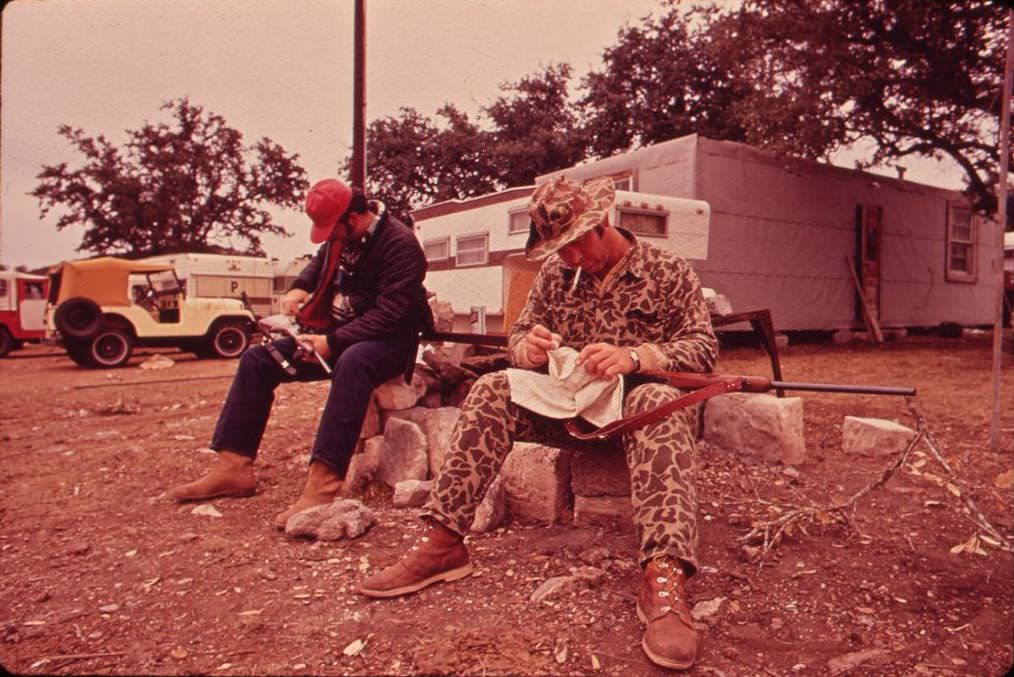
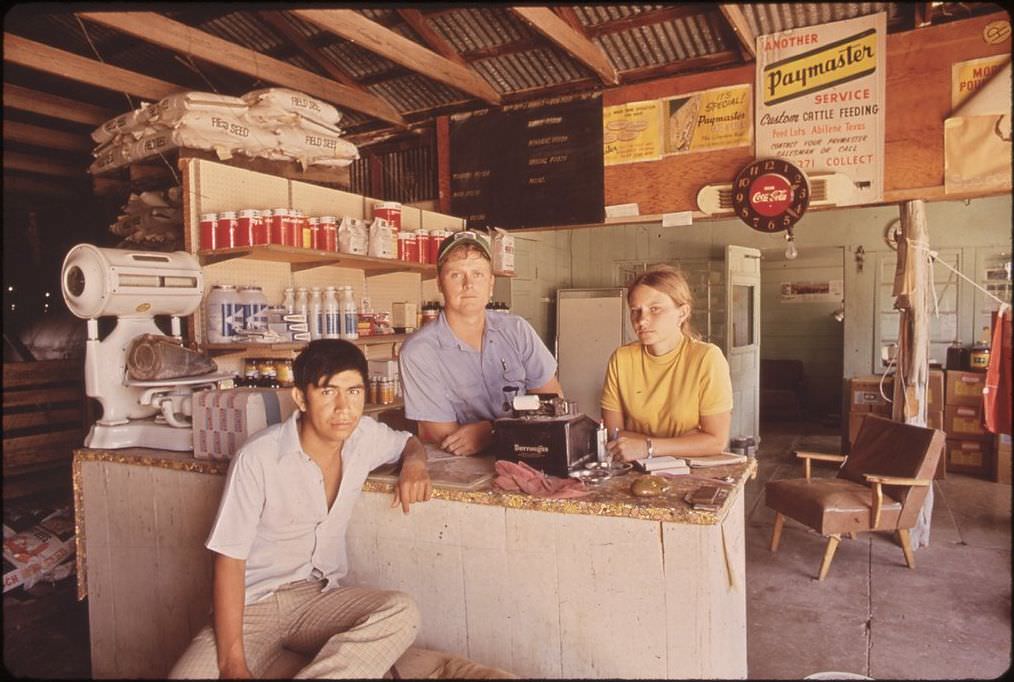
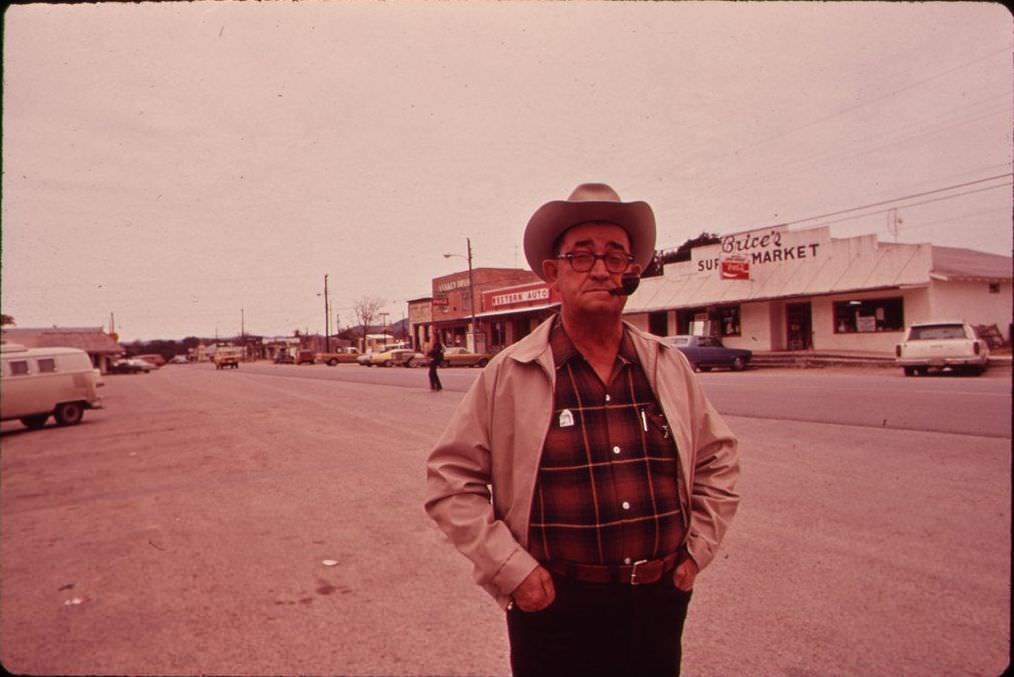
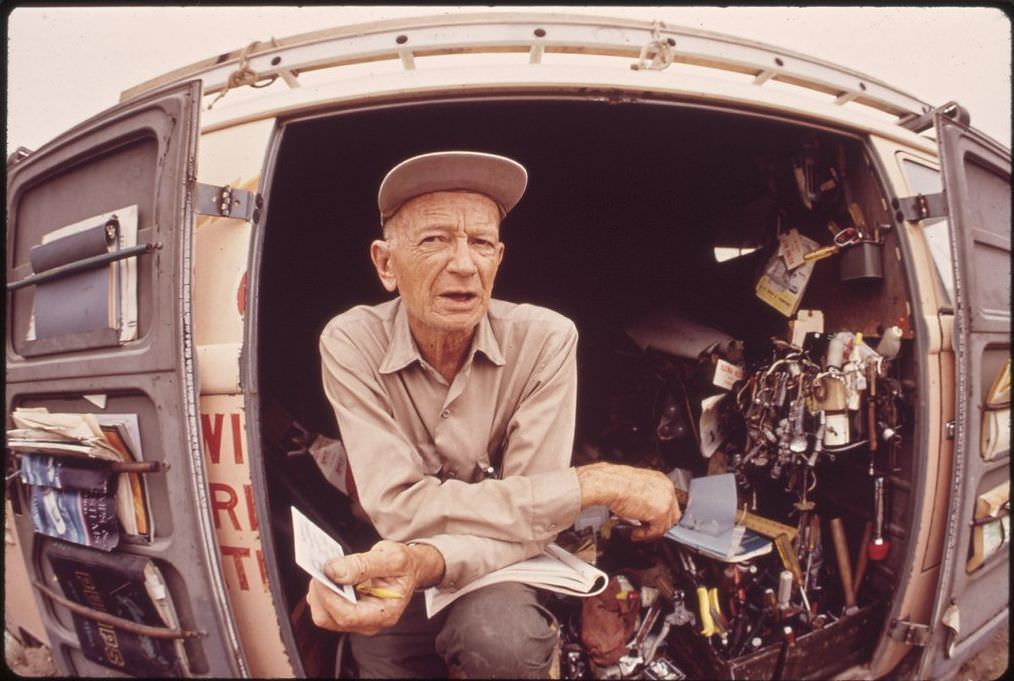
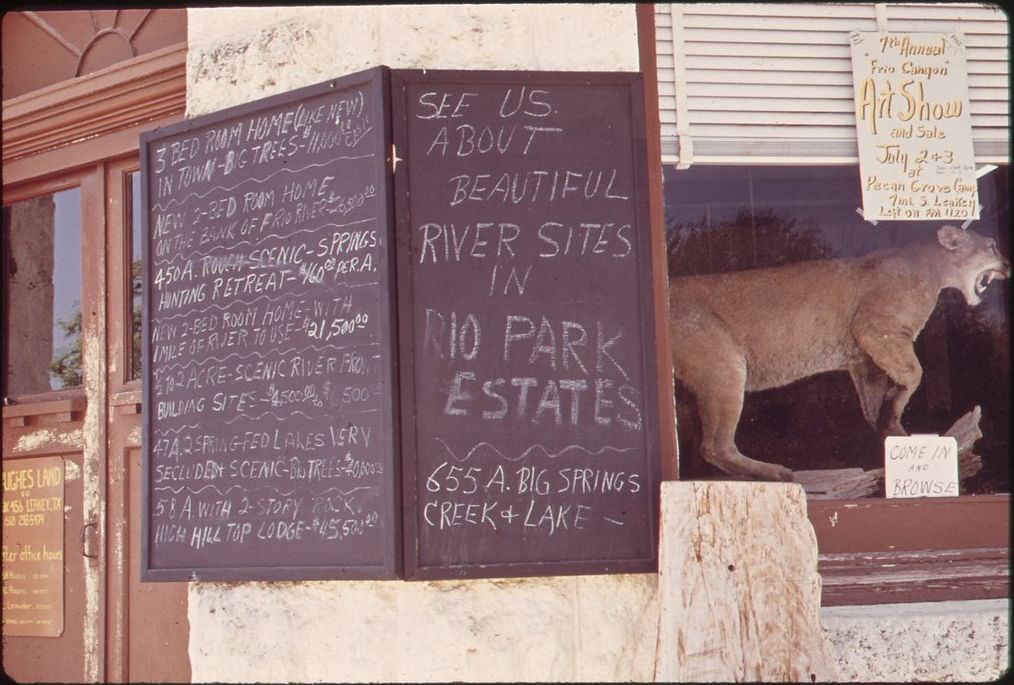

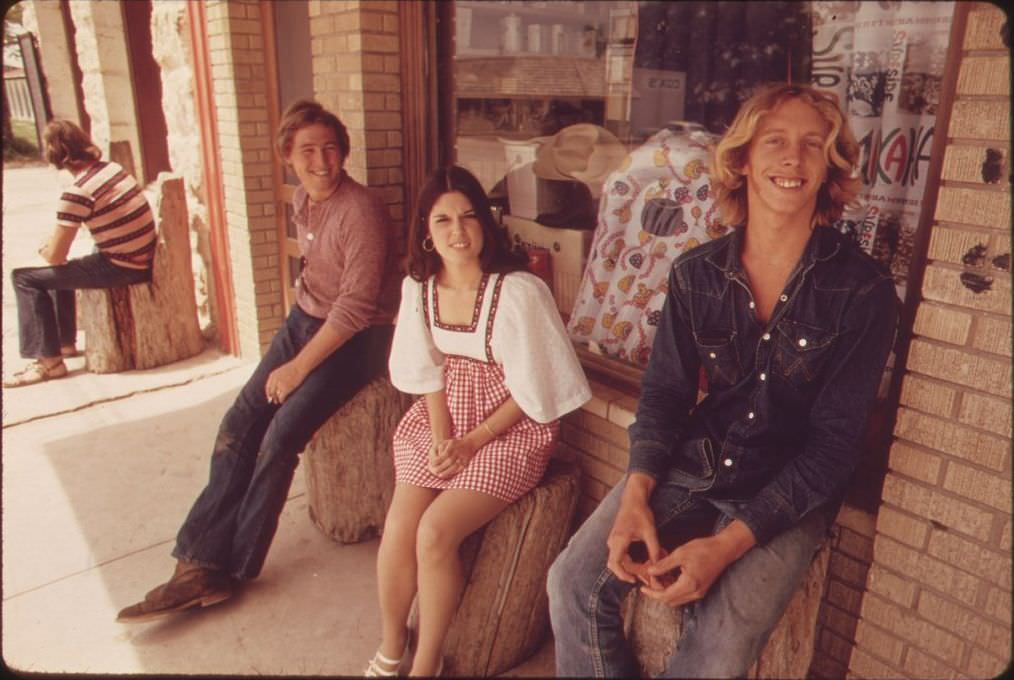
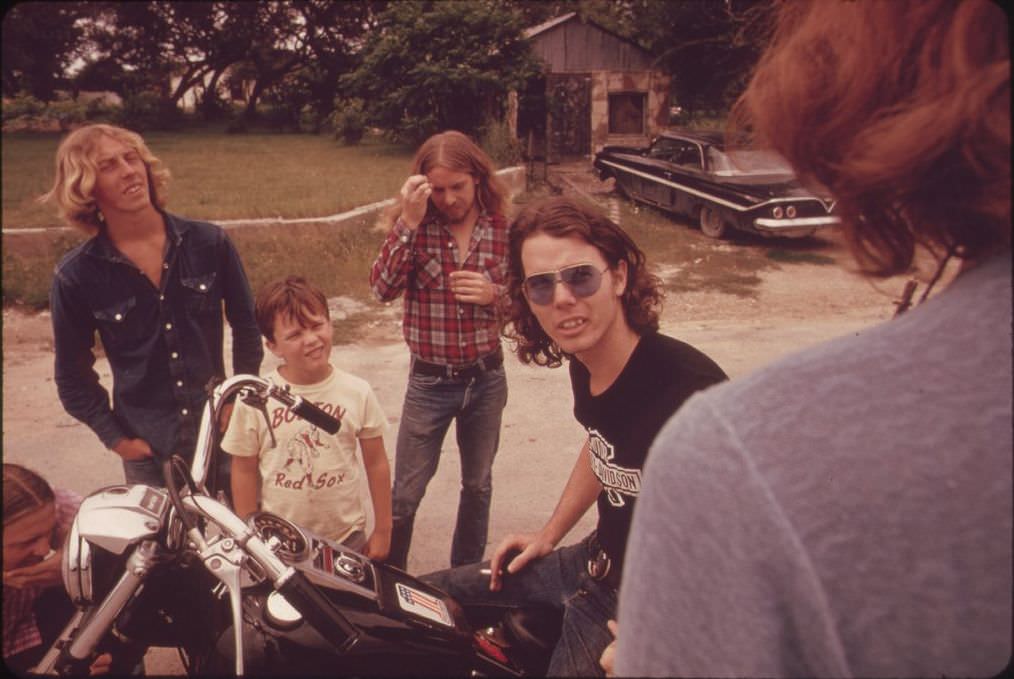
![An oil derrick beside a restaurant and used car lot, [Date unclear, removed].](https://www.bygonely.com/wp-content/uploads/2025/05/Texas_1970s_Documerica_17.jpg)
